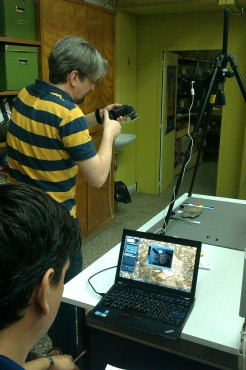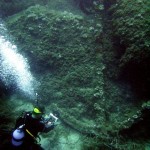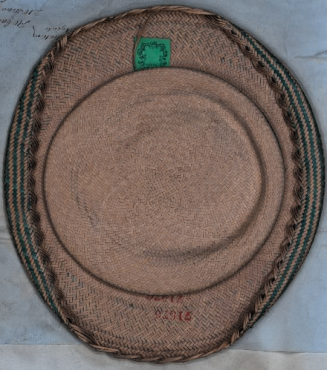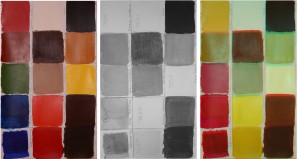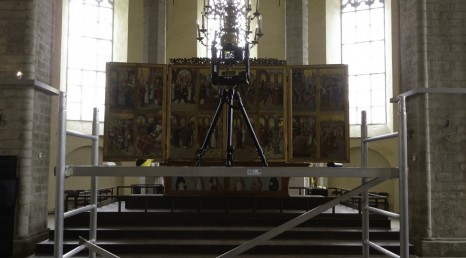
Imaging Event/Hackathon
Few days to go to Rode Imaging Event where ACRG will be represent on power of three: Graeme Earl, James Miles and me. List of presenters at the seminar and workshop day include specialist with different expertise: multispectral imaging, 3D data acquisition and processing and theoretical approach.
Hackathon weekend is supported by Garage48, people specialised in hackathons and helping start-ups.
Continue reading →



